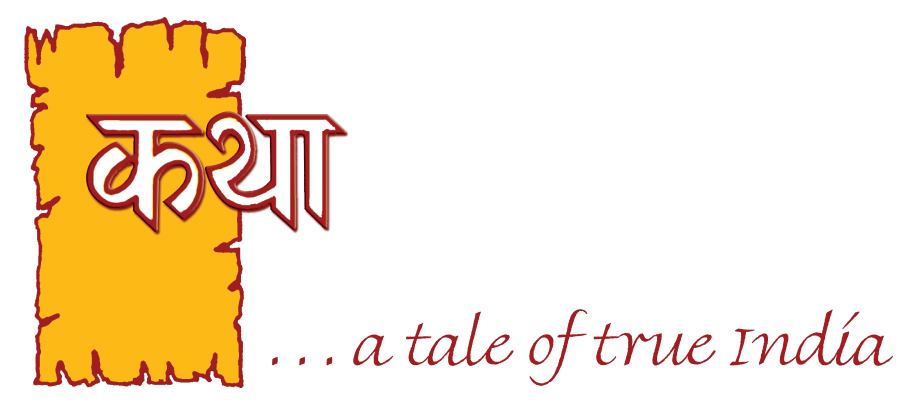About India
About India
Country Name:
Republic of India, Bharat Ganrajya
Geographic Coordinates:
Lying entirely in the Northern Hemisphere, the Country extends between 8° 4′ and 37° 6′ latitudes north of the Equator, and 68°7′ and 97°25′ longitudes east of it.
Time Difference:
51⁄2 hours ahead of GMT (winter) and 41⁄2 hours ahead of GMT (summer).
Indian Standard Time:
GMT + 05:30
Capital:
New Delhi
Population:
India’s population is about 1.12 billion (2007 census).
Area:
3.3 million sq. km, stretching from the Himalayas in the north to the Indian Ocean in the south.
Administrative Divisions:
28 States and 7 Union Territories
Languages:
There are 22 National Languages have been recognized by the Constitution of India, of which Hindi is the Official Union Language. Besides these, there are 844 different dialects that are practiced in various parts of the Country.
Government Type:
Sovereign Socialist Democratic Republic with a Parliamentary system of Government.
Legal System:
The Constitution of India is the fountain source of the legal system in the Country.
Executive Branch:
The President of India is the Head of the State, while the Prime Minister is the Head of the Government, and runsoffice with the support of the Council of Ministers who form the Cabinet Ministry.
Legislative Branch:
The Indian Legislature comprises of the Lok Sabha (House of the People) a nd the Rajya Sabha(Council of States) forming both the Houses of the Parliament.
Judicial Branch:
The Supreme Court of India is the apex body of the Indian legal system, followed by other High Courts and subordinate Courts
Flag Description:
The National Flag is a horizontal tricolour of deep saffron (kesaria) at the top, white in the middle, and dark green at the bottom in equal proportion. At the centre of the white band is a navy blue wheel, which is a representation of the Ashoka Chakra at Sarnath.
Ethnic Groups:
All the five major racial types – Australoid, Mongoloid, Europoid, Caucasian, and Negroid find representation among the people of India.
Religions:
According to the 2001 census, out of the total population of 1.028 million in the Country, Hindus constituted the majority with 80.5 %, Muslims came second at 13.4%, followed by Christians, Sikhs, Buddhists, Jains, and others.
Literacy:
According to the provisional results of the 2001 census, the literacy rate in the Country stands at 64.84 per cent, 75.26% for males and 53.67% for females.
Coastline:
7,516.6 km encompassing the mainland, Lakshadweep Islands, and the Andaman & Nicobar Islands.
Climate:
The climate of India can broadly be classified as a tropical monsoon one. But, in spite of much of the northern part of India lying beyond the tropical zone, the entire country has a tropical climate marked by relatively high temperatures and dry winters. There are four seasons – winter (December-February), (ii) summer (March-June), (iii) south-west monsoon season (June-September), and (iv) post monsoon season (October- November).
Terrain:
The mainland comprises of four regions, namely the great mountain zone, plains of the Ganga and the Indus, the desert region, and the southern peninsula
